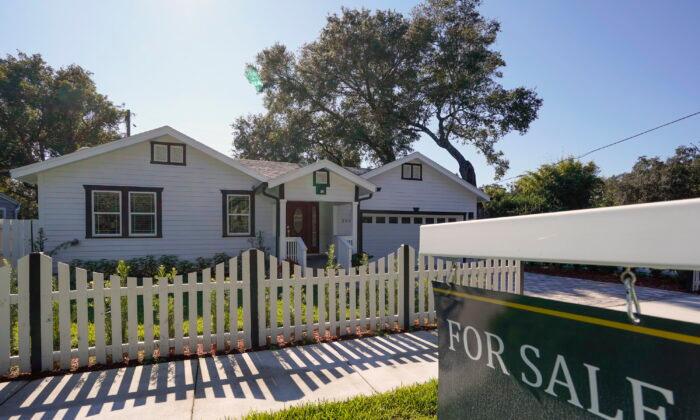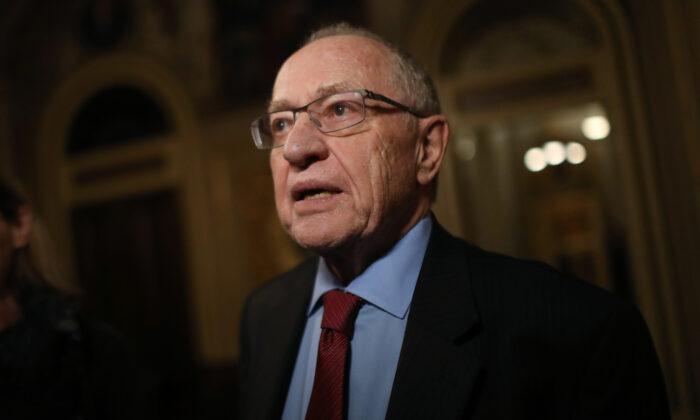The average rate for a 30-year fixed mortgage topped 6 percent this week for the first time since the financial crisis of 2008–09, making it difficult for buyers as well as considerably softening the sellers’ grip on the market.
Mortgage lender Freddie Mac reported on Sept.15 that the 30-year fixed mortgage rate for the week ended Sept. 14 was 6.02 percent, an increase of more than 110 percent, that is, more than double last year’s rate of 2.86 percent. The 15-year fixed mortgage rate was 5.21 percent, compared to 2.12 percent last year. Although there is a dampening of prices, low inventories are preventing the drastic fall in home prices, said the mortgage corporation.
In the United States, an average home now sells for just under $370,000, but with the high interest rates, mortgages are up about 40 percent from 2021.
“Buyers just don’t have the 40 percent extra money to put toward housing every month,” said Fairweather. “A lot of homebuyers had to drop out and go to the rental market instead or choose not to buy that second home or investment property.”
Rising Inflation, Inadequate Home Supply
Inflation has risen to four-decade-high levels, and pushed up mortgage rates as the Federal Reserve curtails money supply from the market. With the aggressive stance on monetary tightening, the Federal Open Market Committee, at next week’s meeting, is expected to raise the policy rate by 75 basis points, if not a 100 basis points.According to an analysis by Redfin brokerage, during the four weeks ended Sept. 11, there were 2.9 months of home supply—a measure of how long it would take for the current supply to be bought up. This is the highest level since June 2020, and could be because of buyer hesitancy, as people buy fewer homes and listings linger on the market.
When the months of home supply rises above six months, it’s considered a solid buyer’s market; when it’s between four and six months, it’s balanced; and when less than four, it’s a seller’s market. During the mid-pandemic period, the months of supply had gone down to about 1.8, which indicates very low inventory.
“Unfortunately, it’s increasingly hard for buyers to make use of their newfound power thanks to the affordability pressures of rising mortgage rates and a dearth of homes being listed for sale,” said Taylor Marr, Redfin’s deputy chief economist “Today’s average buyer is paying less than the list price, but they continue to struggle to find a home that meets their criteria and budget.”






Friends Read Free